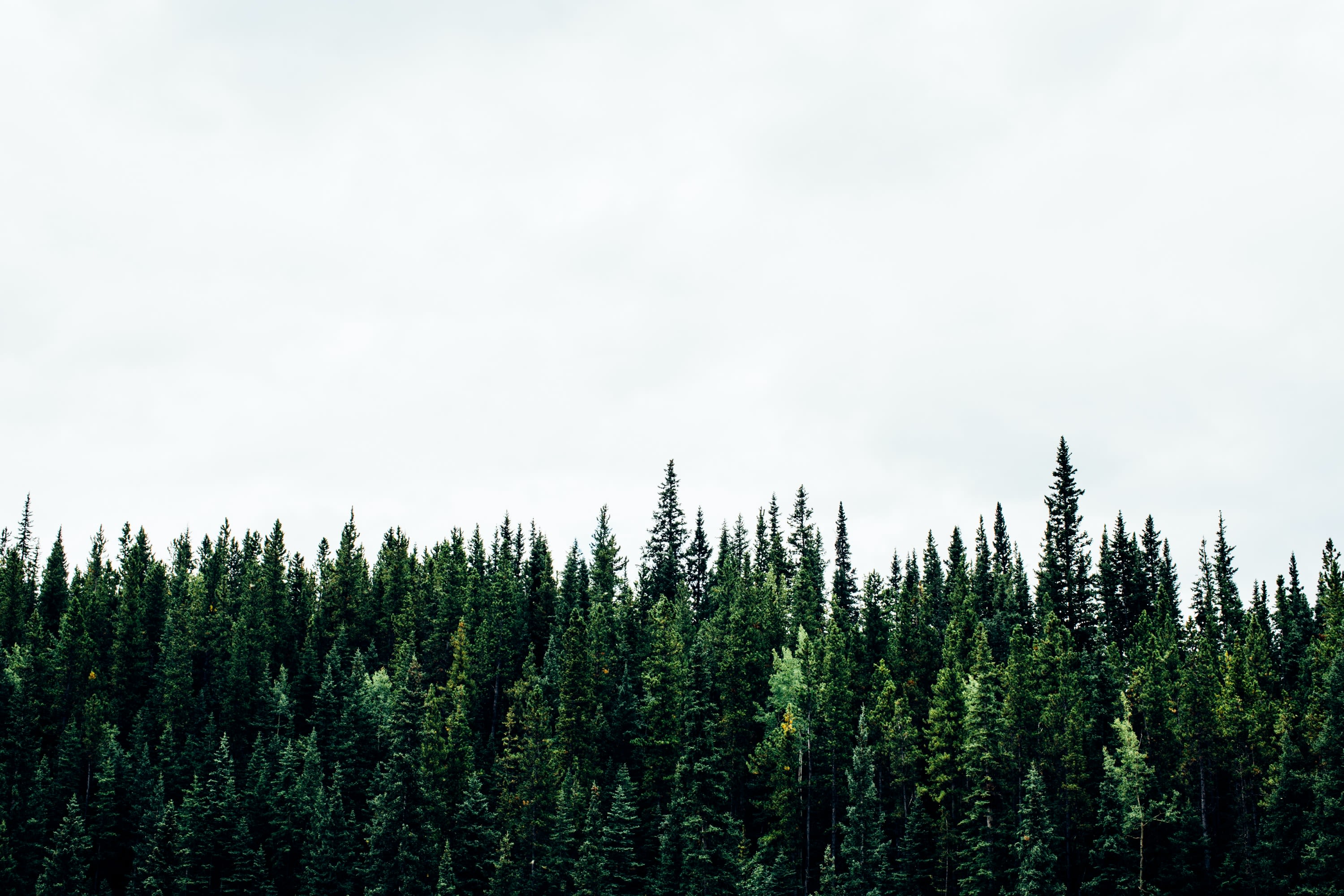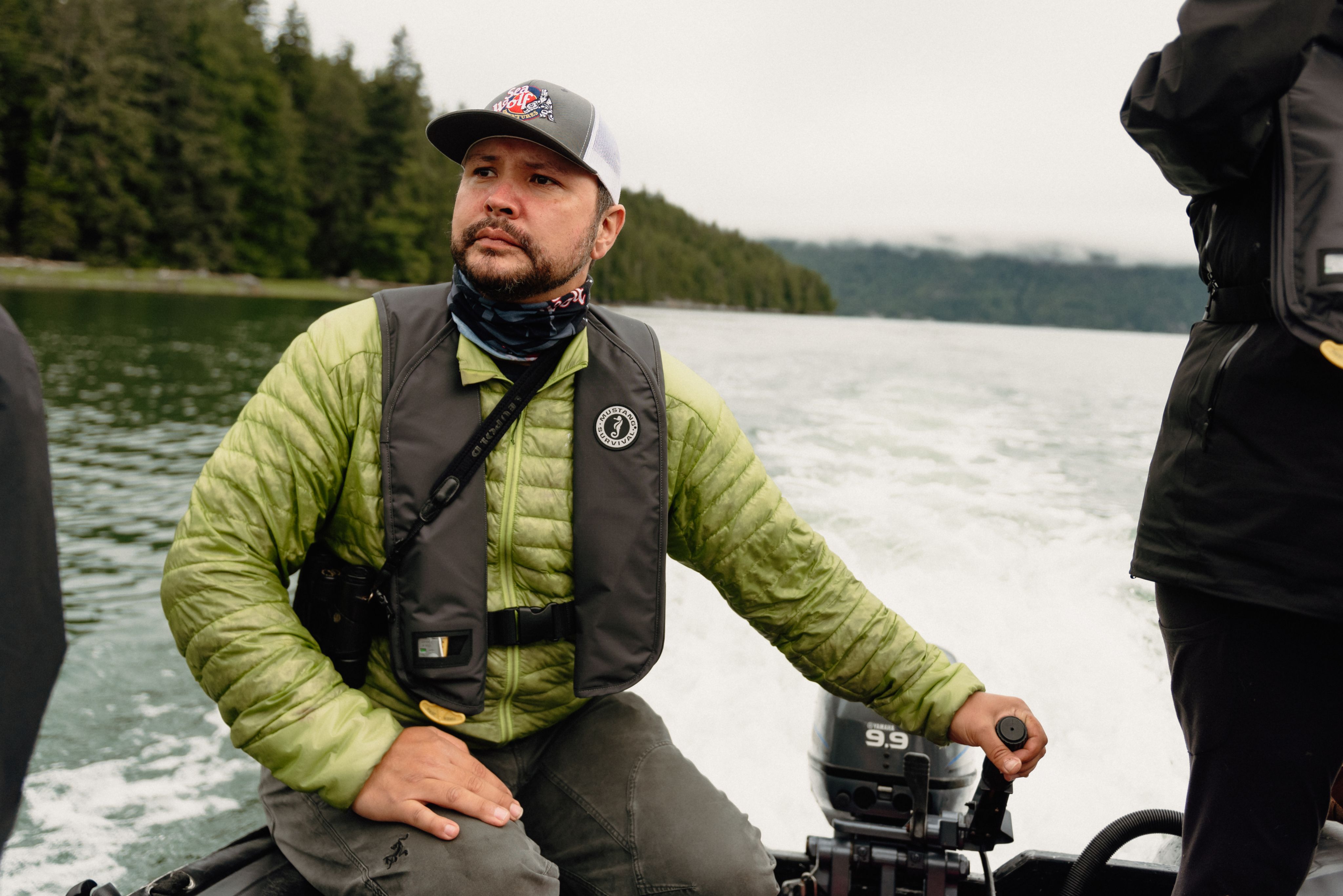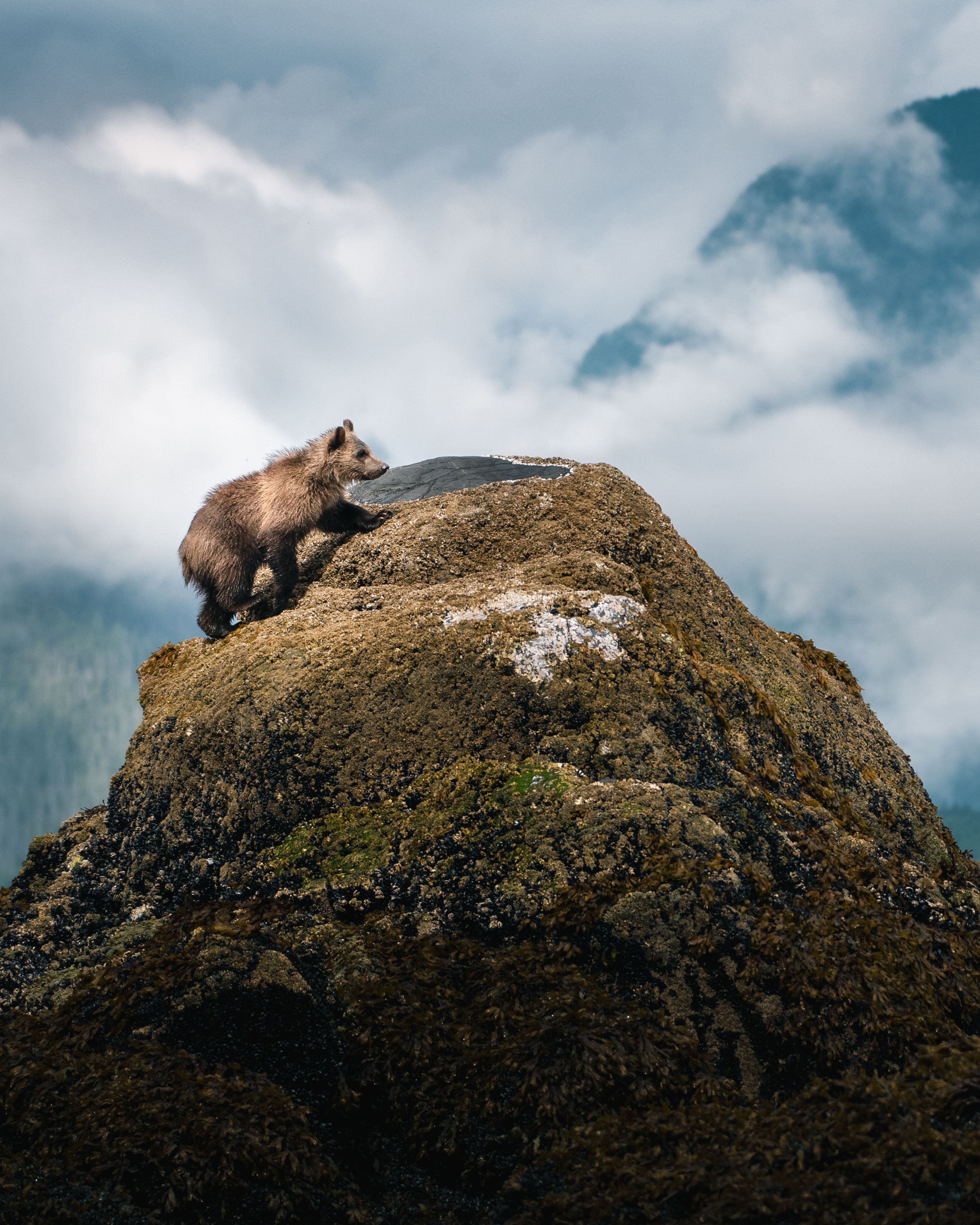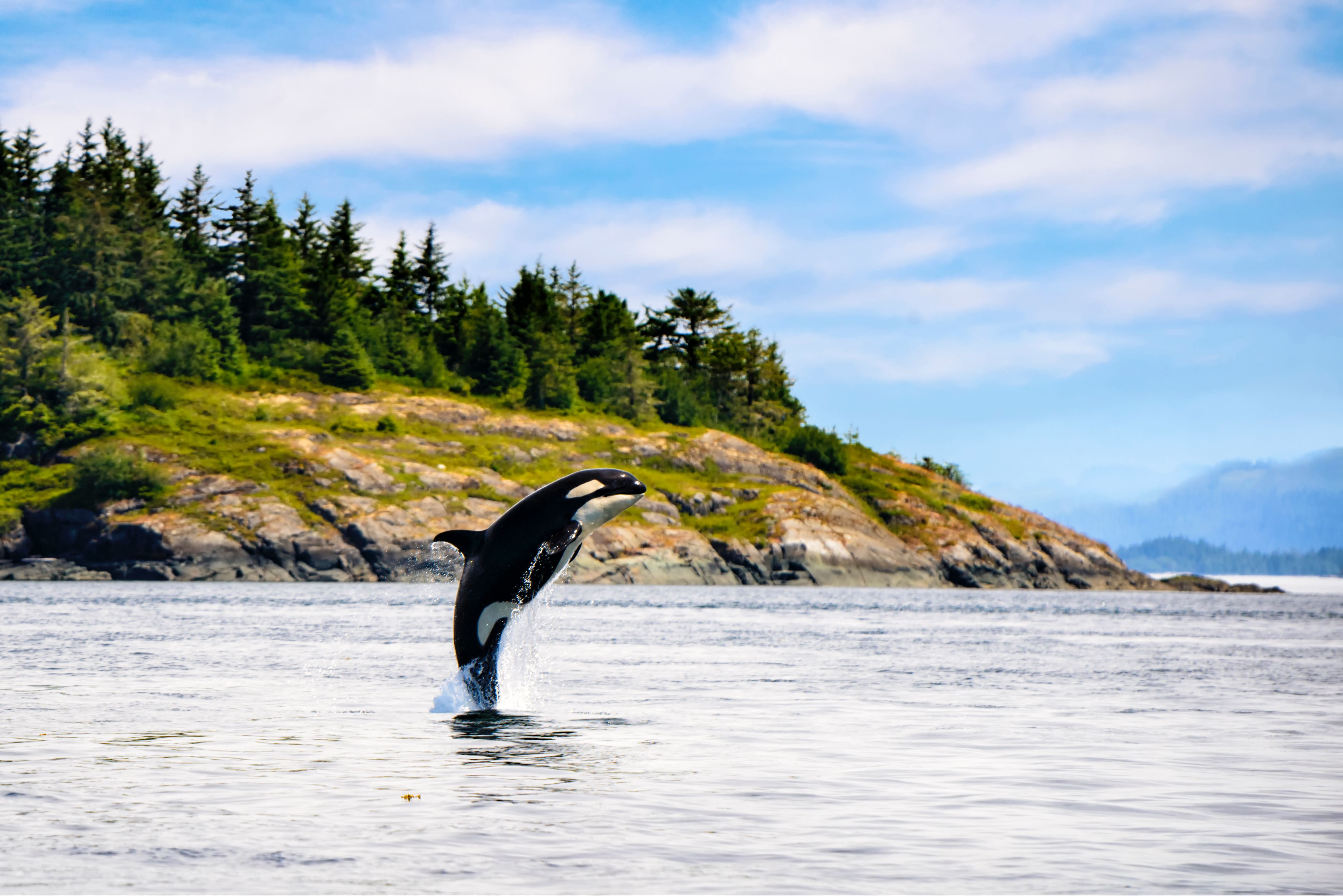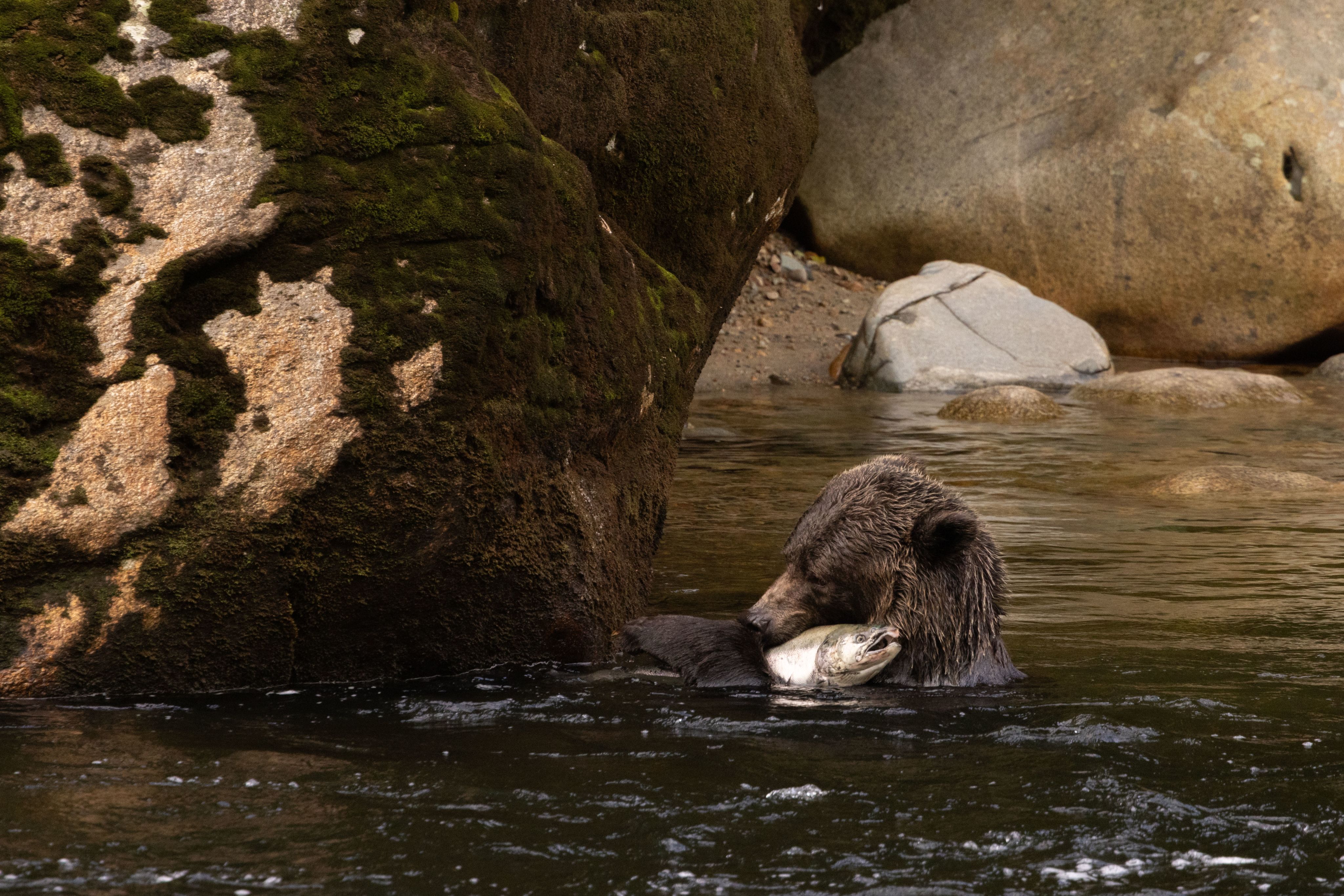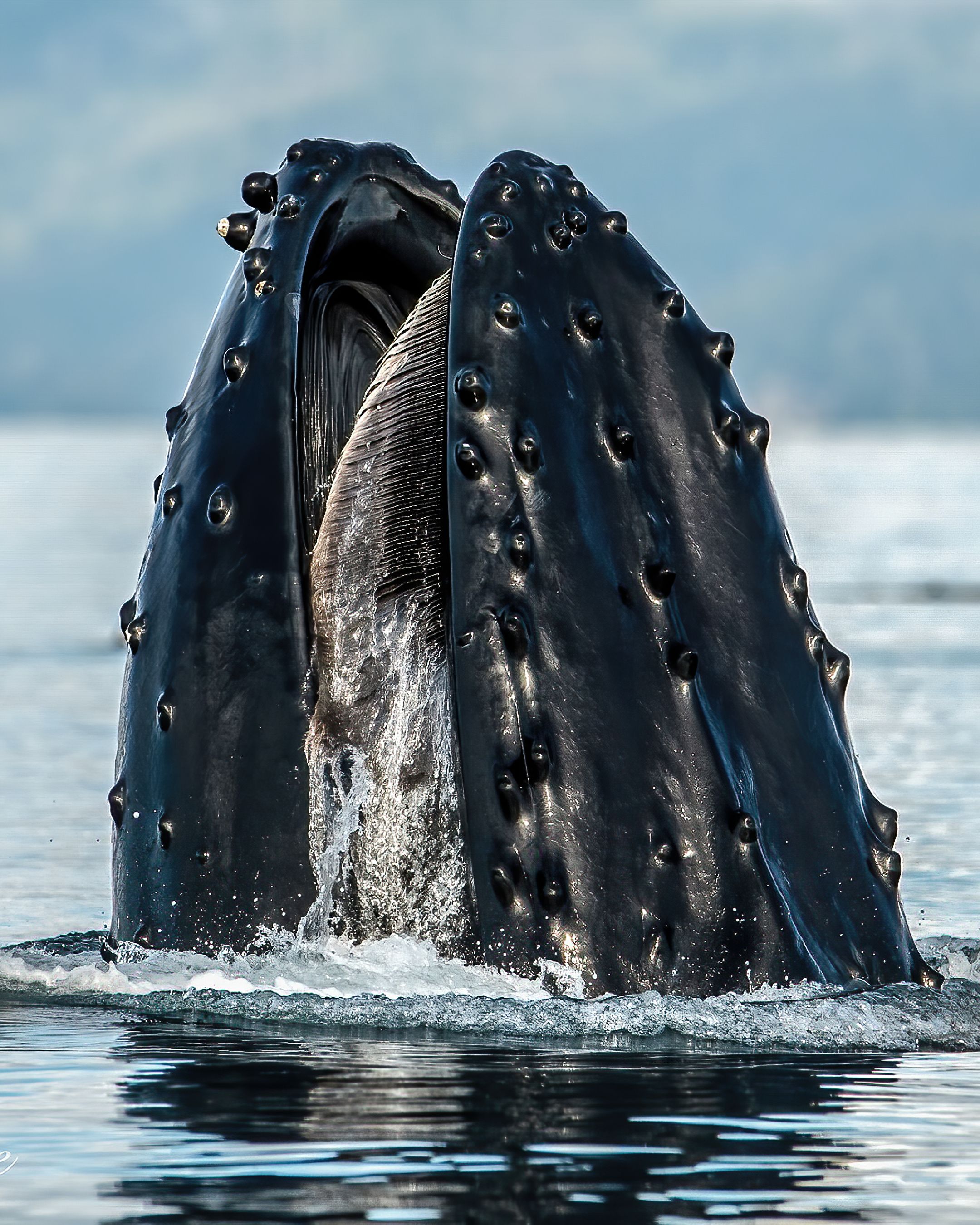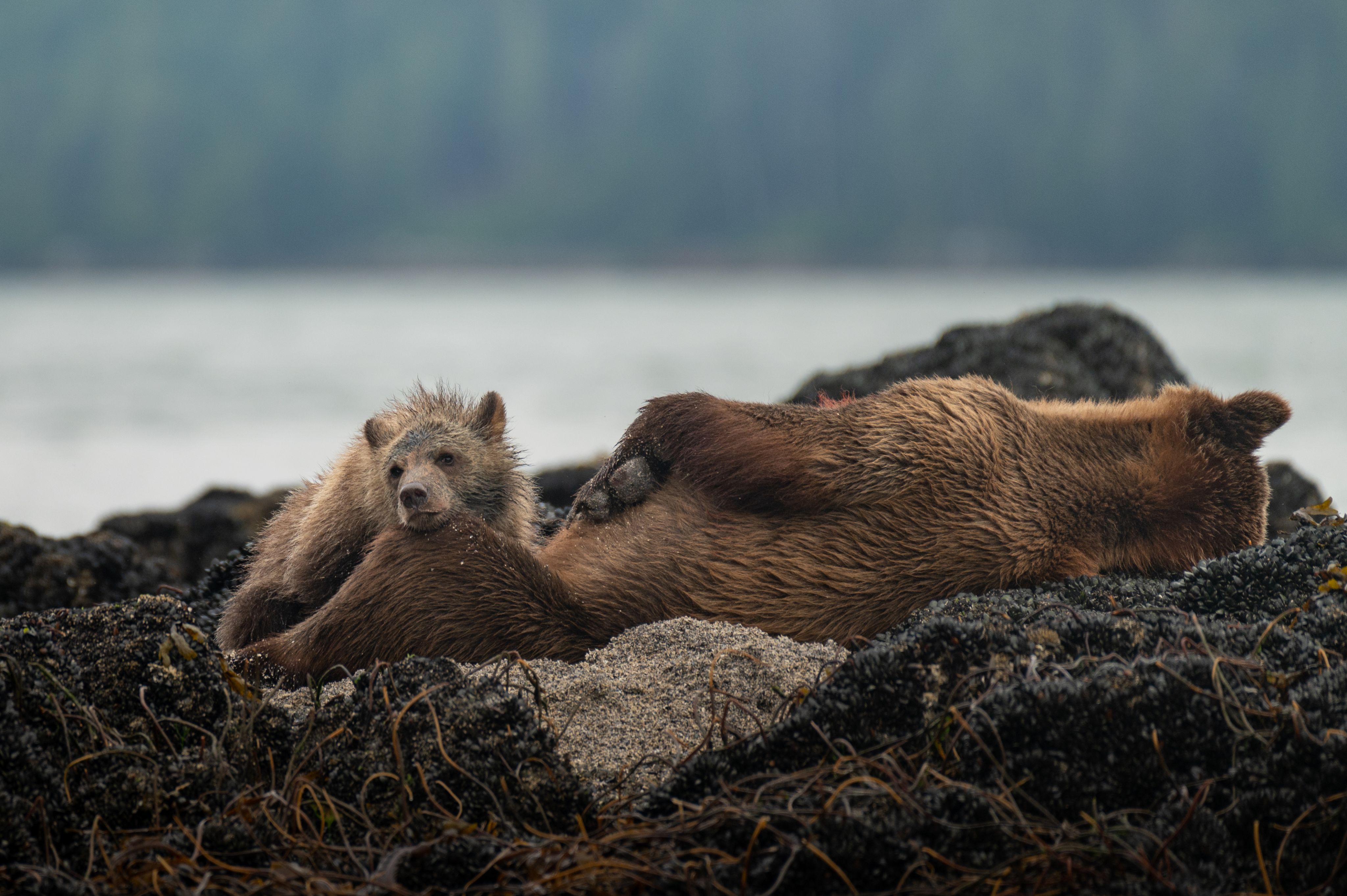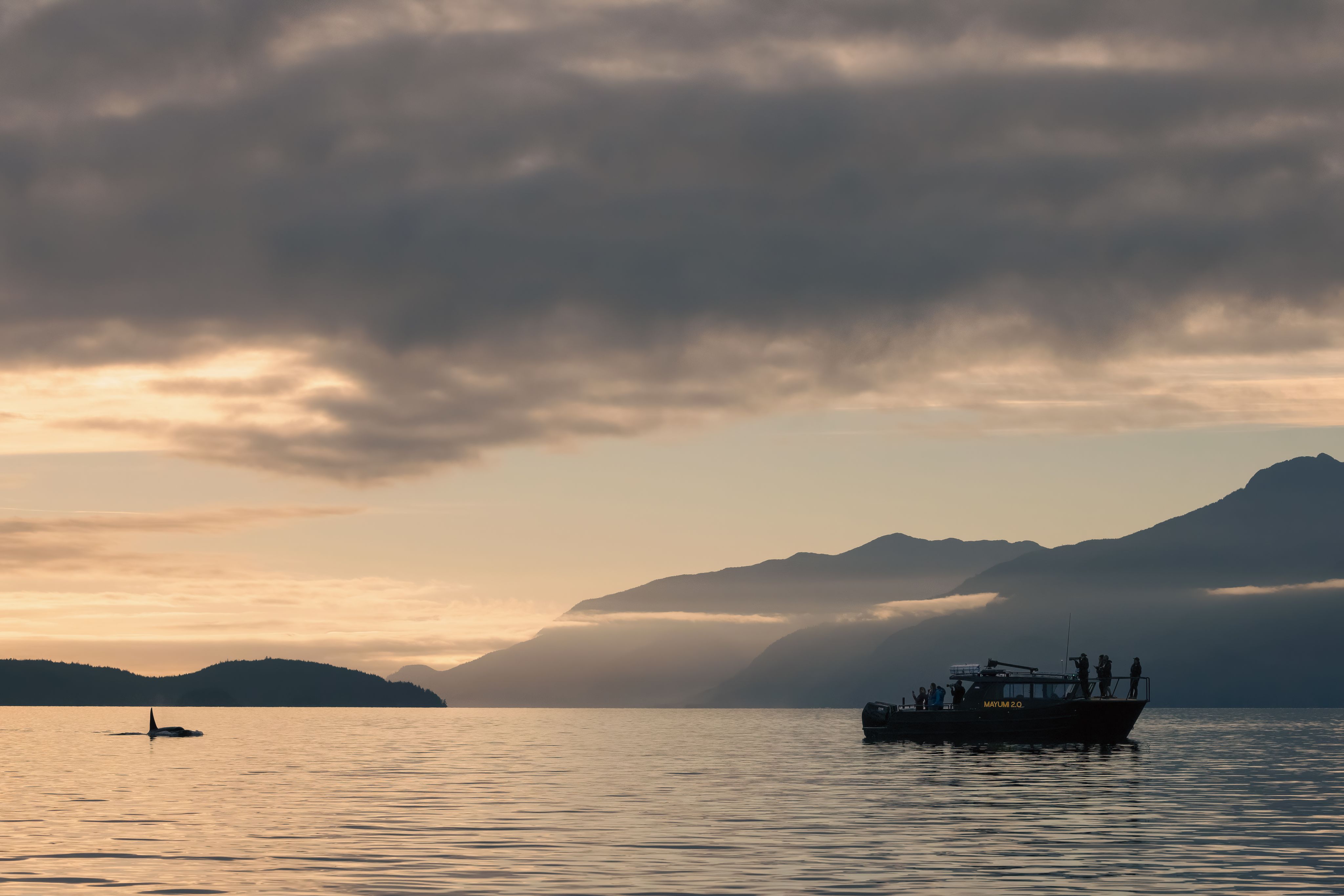Coastal Tapestry
Exploring Canada's Most Biodiverse Region
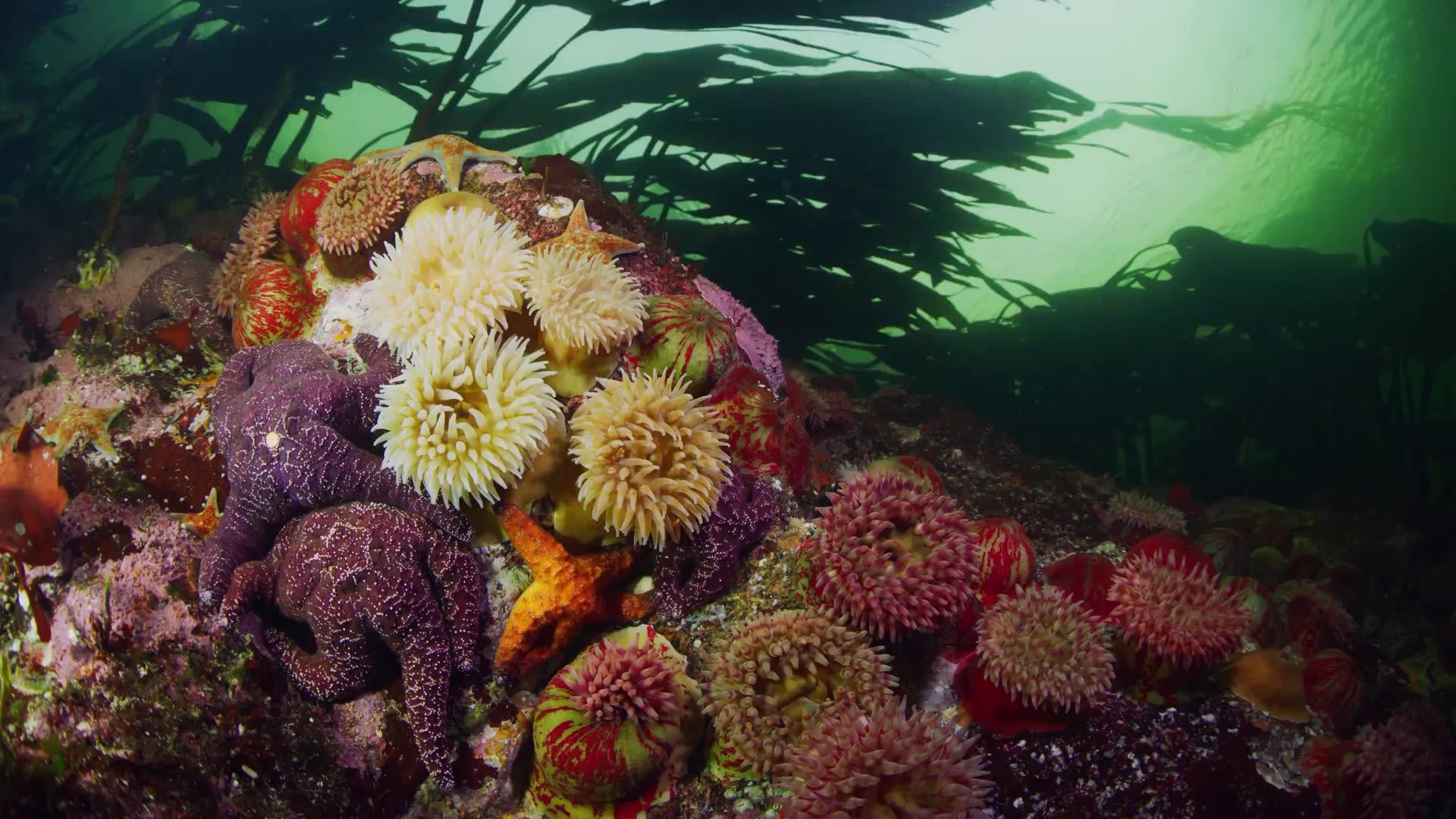
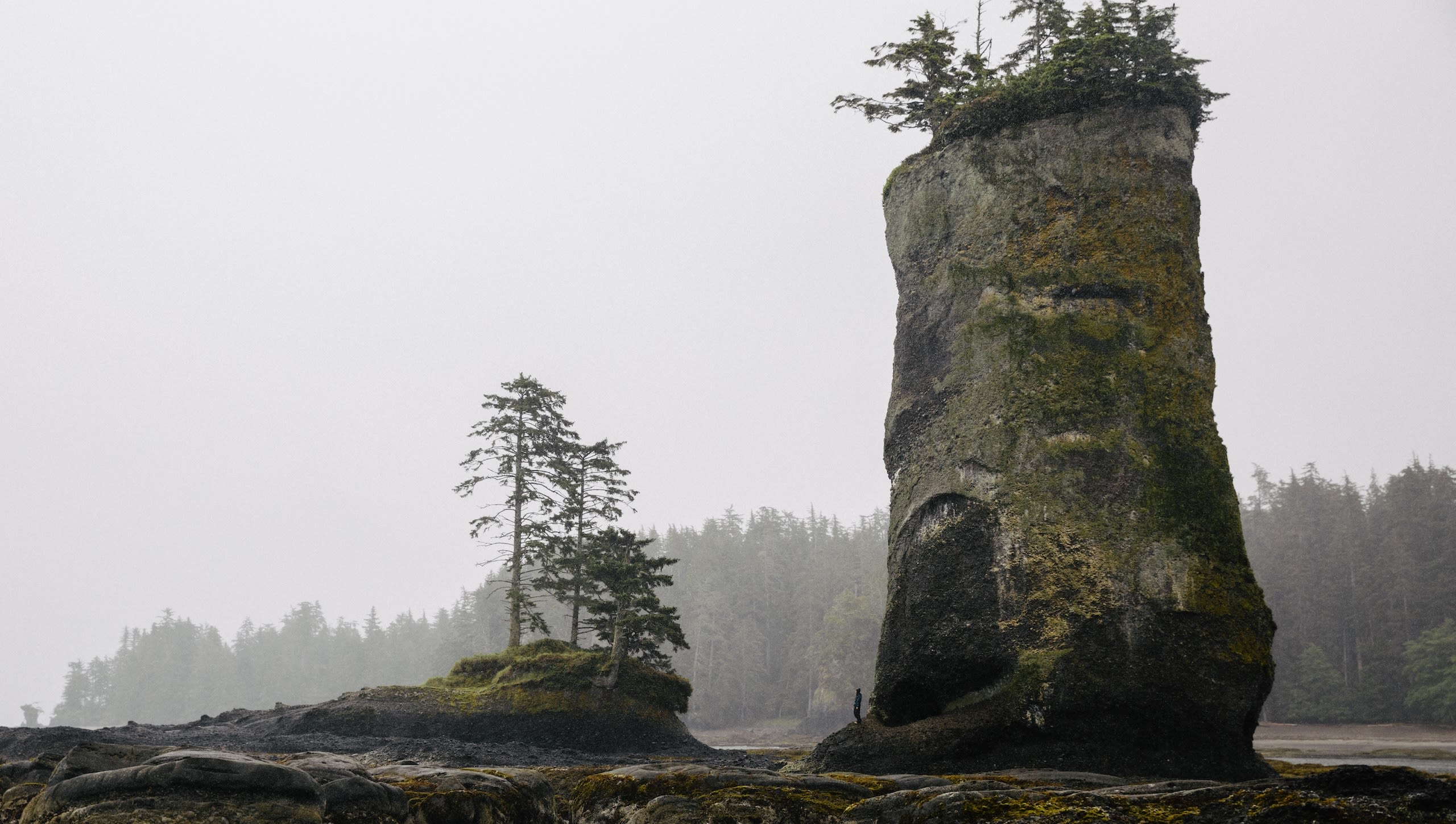
British Columbia's rugged coastline stretches an astonishing 25,725 kilometres — nearly the same length as the entire coast of Africa.
This vast, dynamic region is home to deep, mountainous fjords, rich estuaries, and thousands of islands, most of which remain uninhabited. These varied ecosystems provide habitats for an extraordinary array of life, making coastal British Columbia one of the most biologically diverse regions in North America.
For visitors, exploring the coastal region with a trained guide offers a deeper understanding of the rich ecology, cultural heritage and stunning landscapes. Scroll down to meet two incredible operators who showcase the hidden wonders of this spectacular coastline.
As Mike Willie drives his boat across the waters of the Broughton Archipelago, he is traversing the same path as generations of his ancestors. This region, cloaked in the richness of mountains, forests and rivers, is the territory of the Musgamakw Dzawada’enuxw.
Photo: Mike Willie, Sea Wolf Adventures
Photo: Mike Willie, Sea Wolf Adventures
Mike grew up in Kingcome Inlet, a remote community deep in the fjords of this breathtaking coastal territory. He remembers a childhood spent freely roaming the lush forests, learning to understand and respect the plants and animals that shared the space. Today, he shares his love of the land with visitors from all over the world through his company Sea Wolf Adventures, which operates out of Port McNeil on Vancouver Island's east coast.
"Tourism is a way for us to get out on our territory," Mike says. "We're bringing guests from around the world, and we love that. But it also gets us out and into the nooks and crannies of our territory, and that's the most important thing for us. To continue that connection, that presence."
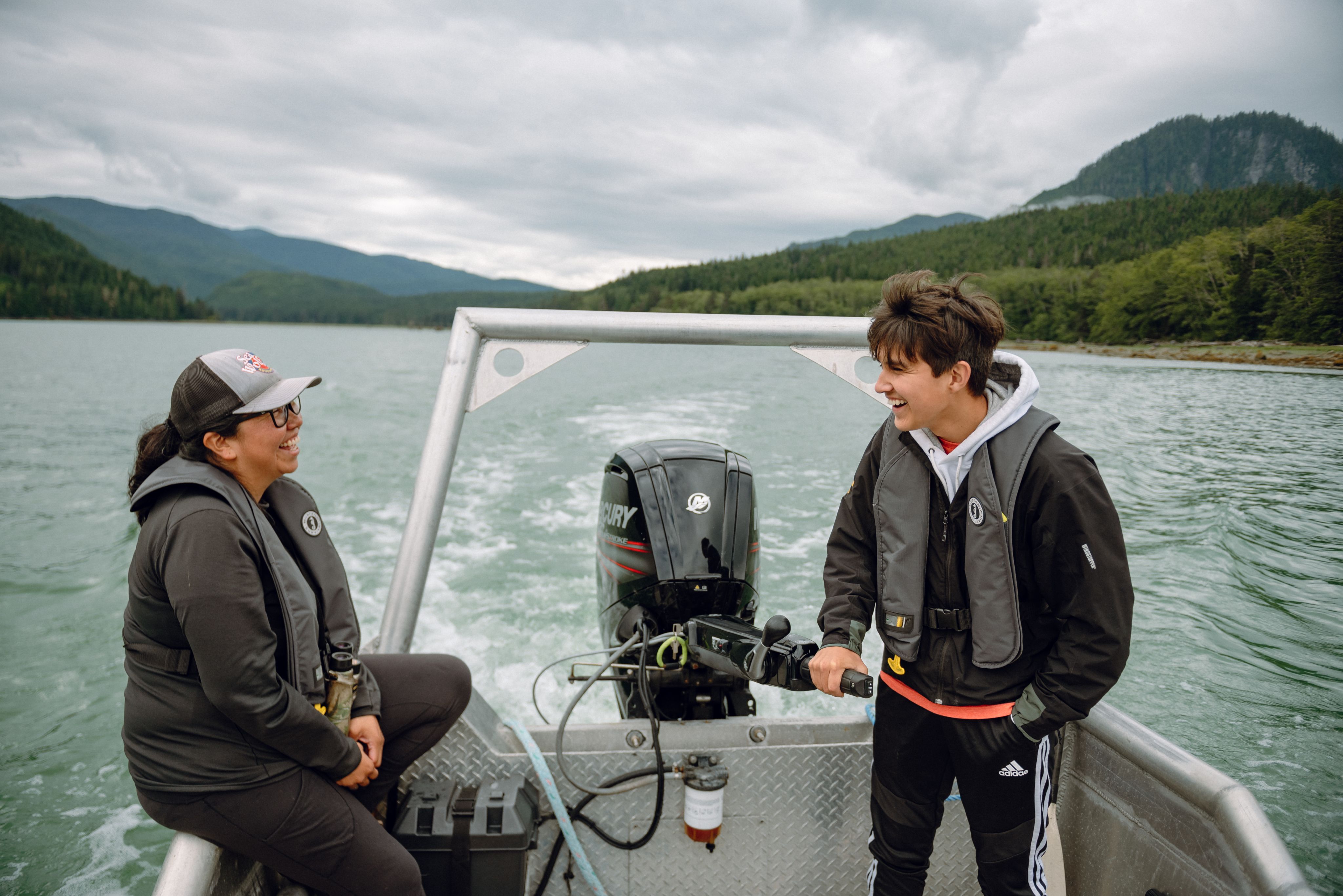
Sea Wolf offers wildlife viewing day trips where visitors can see grizzly bears, bald eagles, whales and other marine animals, as well as learn from knowledgeable Indigenous guides. Each trip is unique, as conversations often delve into history, community, and personal connections to the land. Mike encourages his staff to share their own stories, deepening the experience for guests.
Being present on the land, educating people about the truths of the area's Indigenous history and advocating for protection of the territory are all central to Mike's mission. His company operates under the tagline: 'Travel. Truth. Beauty.'
"Some of these places are very, very sacred and we want to protect them," he says. "Our territory is very beautiful, and people love to come to it and view the mountains and the trees and all the energies that are within the land and water. We need to be the ones to welcome guests from around the world to this beautiful place."
Photo: Sea Wolf Adventures
Photo: Sea Wolf Adventures
Photo: Sea Wolf Adventures
Photo: Sea Wolf Adventures
Photo: Sea Wolf Adventures
Photo: Sea Wolf Adventures
Photo: Sea Wolf Adventures
Photo: Sea Wolf Adventures
Photo: Sea Wolf Adventures
Photo: Sea Wolf Adventures
Photo: Sea Wolf Adventures
Photo: Sea Wolf Adventures
The deep connection that Mike and his staff feel with the territory extends to its wildlife. Guests who observe frequently spotted wildlife, such as bears, orcas or salmon, gain insight into the cultural and ecological significance of these animals.
Salmon, for example, is a huge part of Musgamakw Dzawada’enuxw culture and a species that has a large impact on the biodiversity of the region.
"Salmon are just the keystone species for everything. It feeds our First Nations people, it is a part of rejoicing at our gatherings and potlatches. You can say that salmon brings people together," Mike says.
"Even though we're human beings, we're just a part of this whole ecosystem. We're not superior," Mike adds. "If you take a look at our totem poles, you're going to figure out pretty quickly who we honour. They are our ancestors, too. They're not just iconic species that Western society sees them as. We view them differently. Those are our ancestors, and we're family. And our language really reflects that interconnectedness."
Related: Read 'The Great Migration' to learn more about salmon on BC's coast
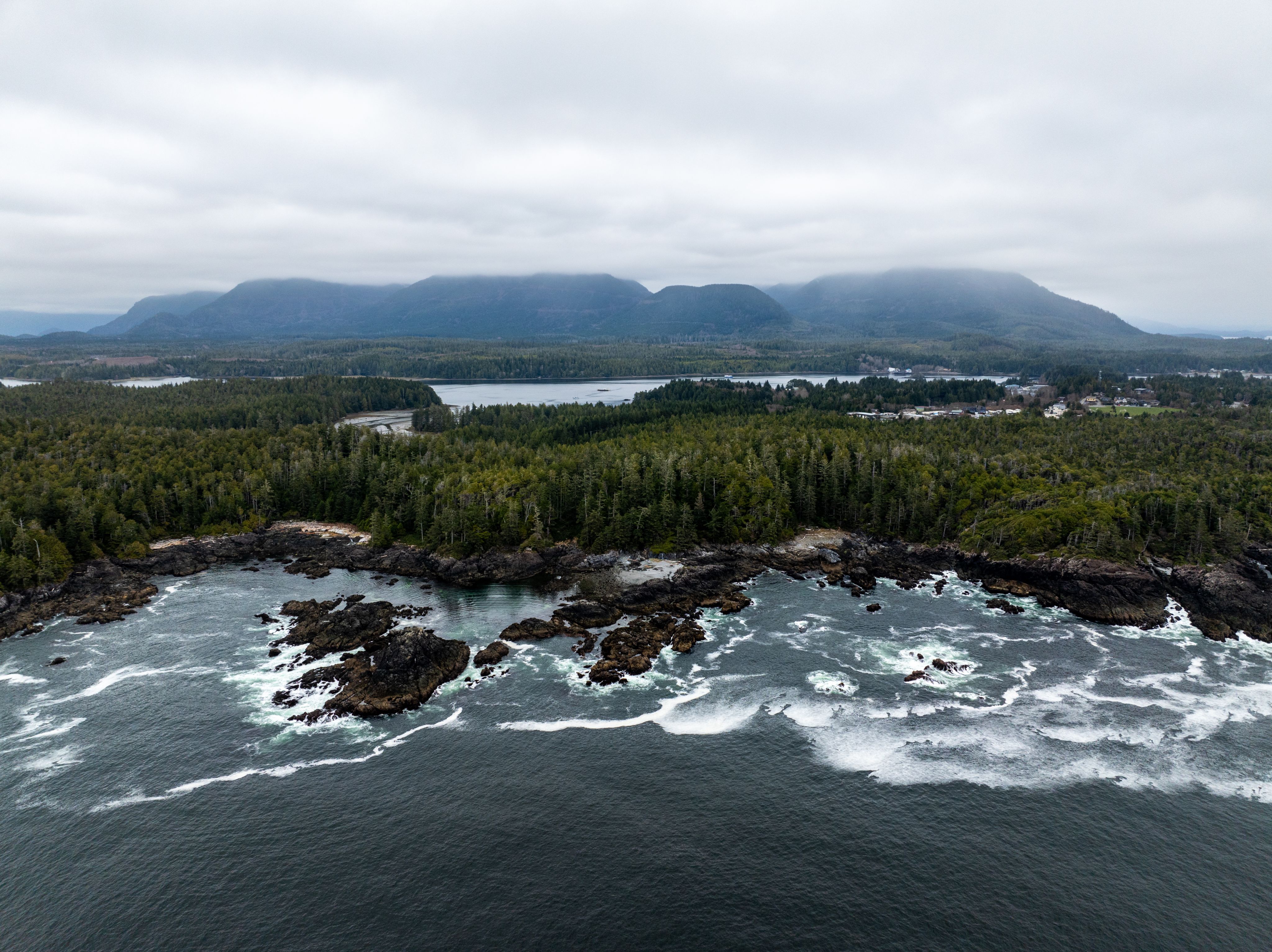
Across the island, on the windswept west coast near Pacific Rim National Park, Scott Wallace eagerly awaits his favourite time of the day — low tide. As the water recedes, it reveals a hidden world in the intertidal zone, teeming with life that many visitors overlook.
Scott, a marine ecologist and owner of Pacific Sounds Lodge, has always been captivated by the quiet beauty of these tide pools. Tiny anemones sway in the shallows, crabs shuttle between rocks and starfish cling to the edges of submerged ledges.
"A big part of what we do here is bring coastal biodiversity to life," Scott says. "A lot of it is just right in front of you but without trained interpretation, it's easy to miss its significance."
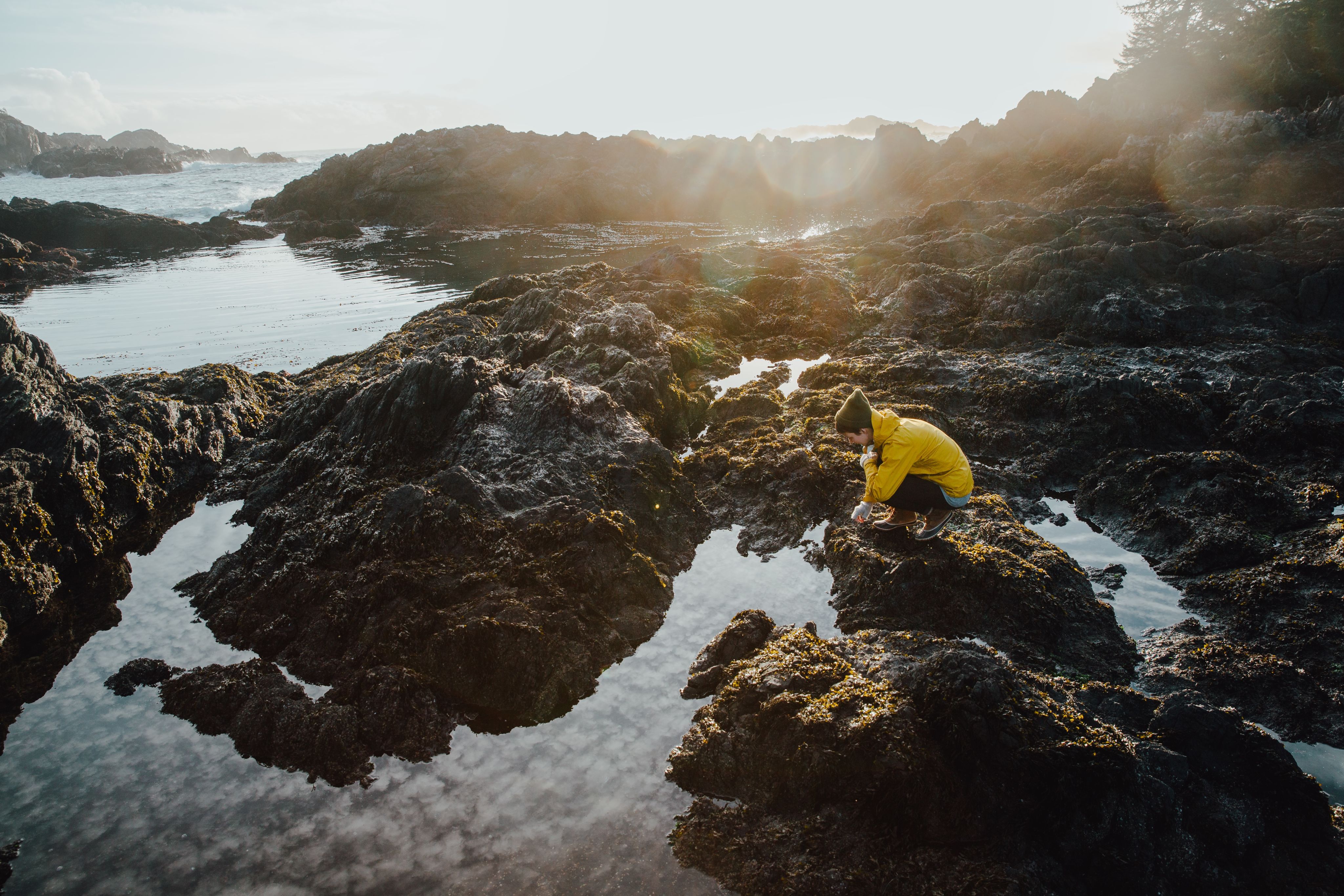
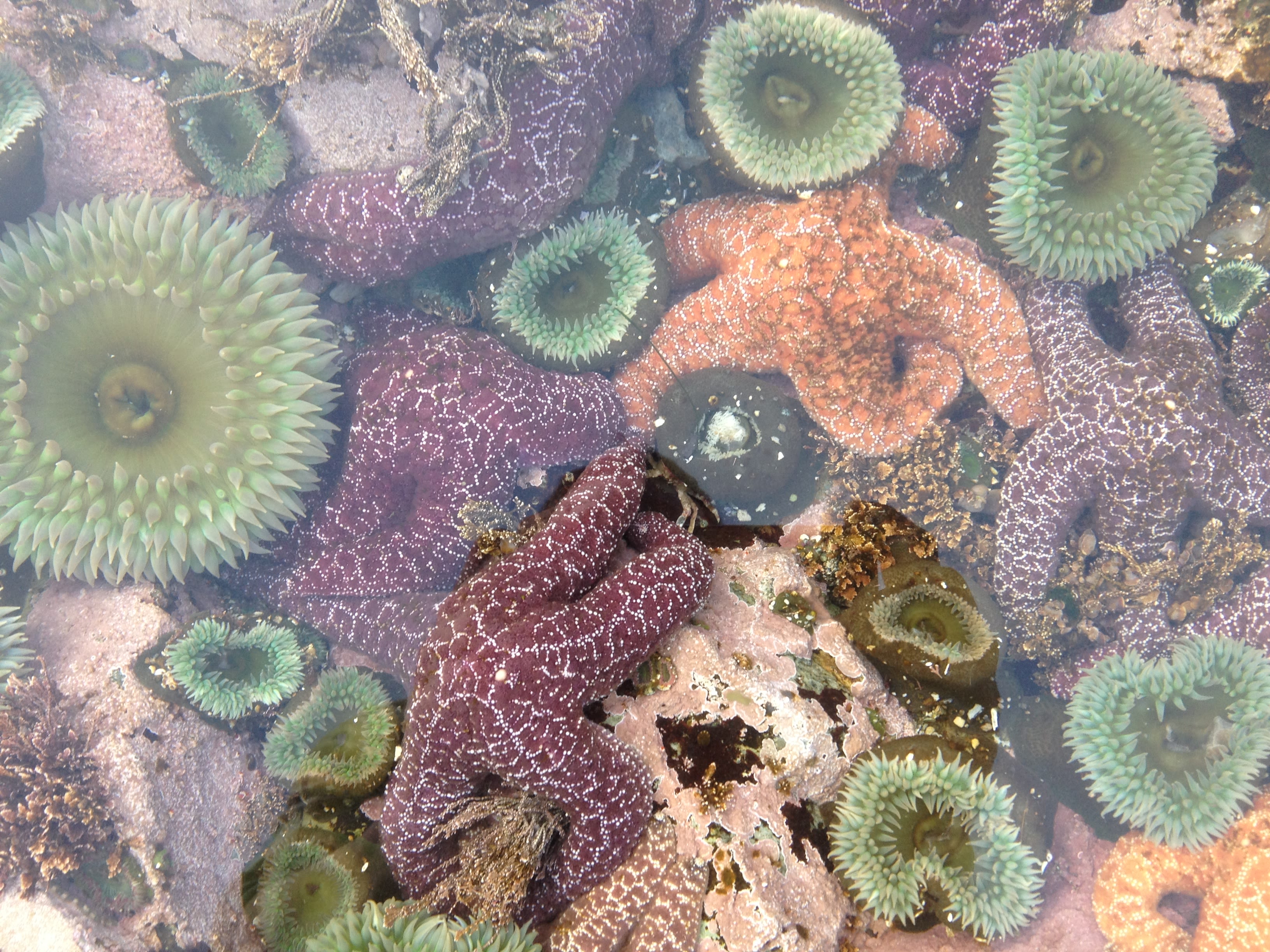
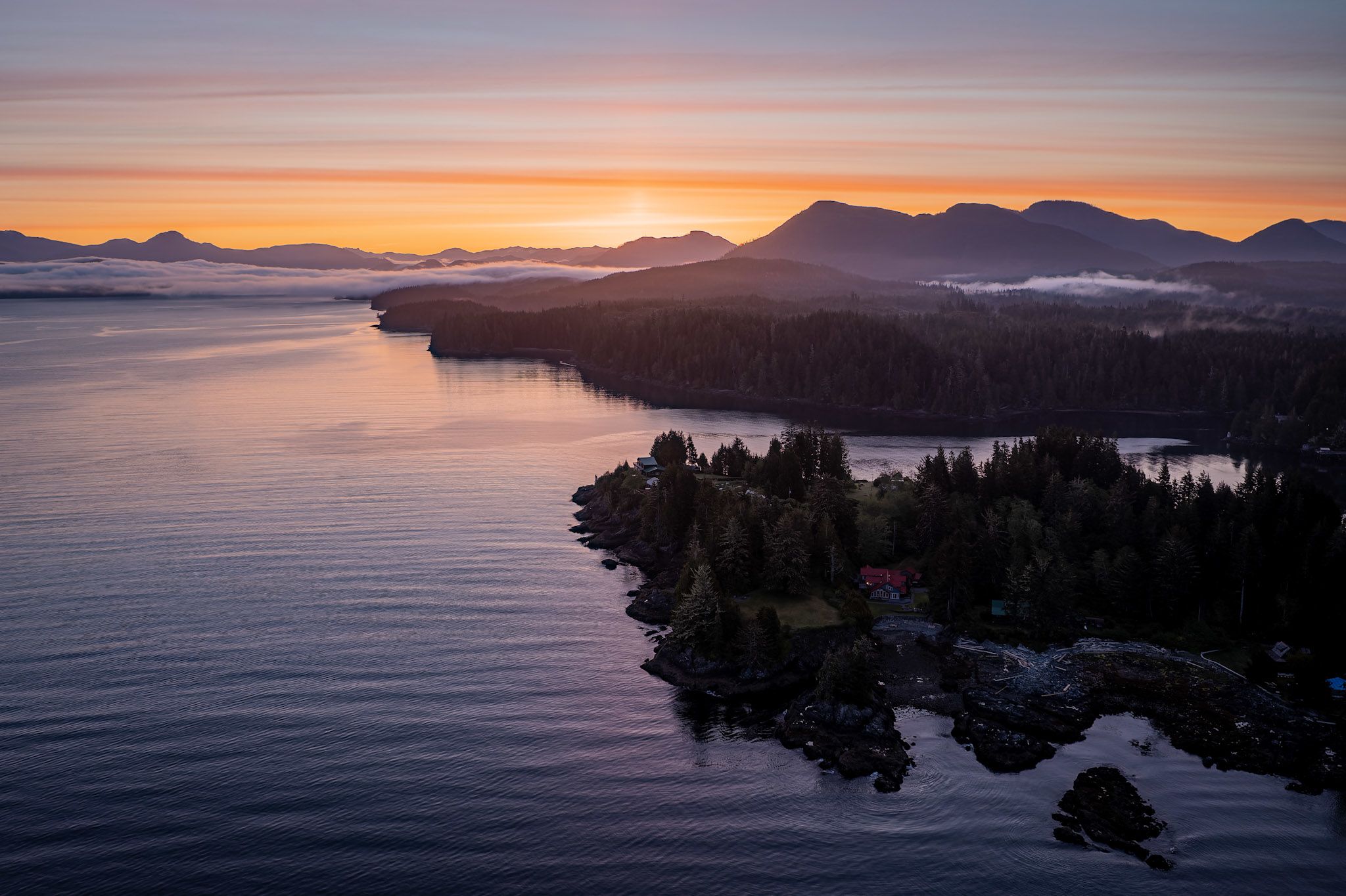
Situated in Bamfield, the lodge offers immersive stays that merge the raw beauty of nature with scientific knowledge.
"There's no test at the end," Scott says with a laugh. The idea is to showcase the beauty in the details by elevating a guest's understanding of what they are seeing in the rich tapestry before them.
"When you see a whale breach, the magnitude of it gives it a sense of awe, but to appreciate a little barnacle or a snail that might be 80 years old, takes more of a trained eye," Scott explains. "We pride ourselves on trying to shed light on that biodiversity."
In the evening, for example, Scott attaches a tiny, specialized microphone to his phone and takes guests outside. The microphone is actually a bat metre that translates the ultrasonic sounds of bats into a sonogram that humans can hear.
"It is a five-minute experience for guests out on the deck, but they all of a sudden can understand that yes, bats are communicating all around us but in a different frequency that we can't hear," he says.
"I think people walk away at the end of an experience with us with a lot more appreciation of the little things."
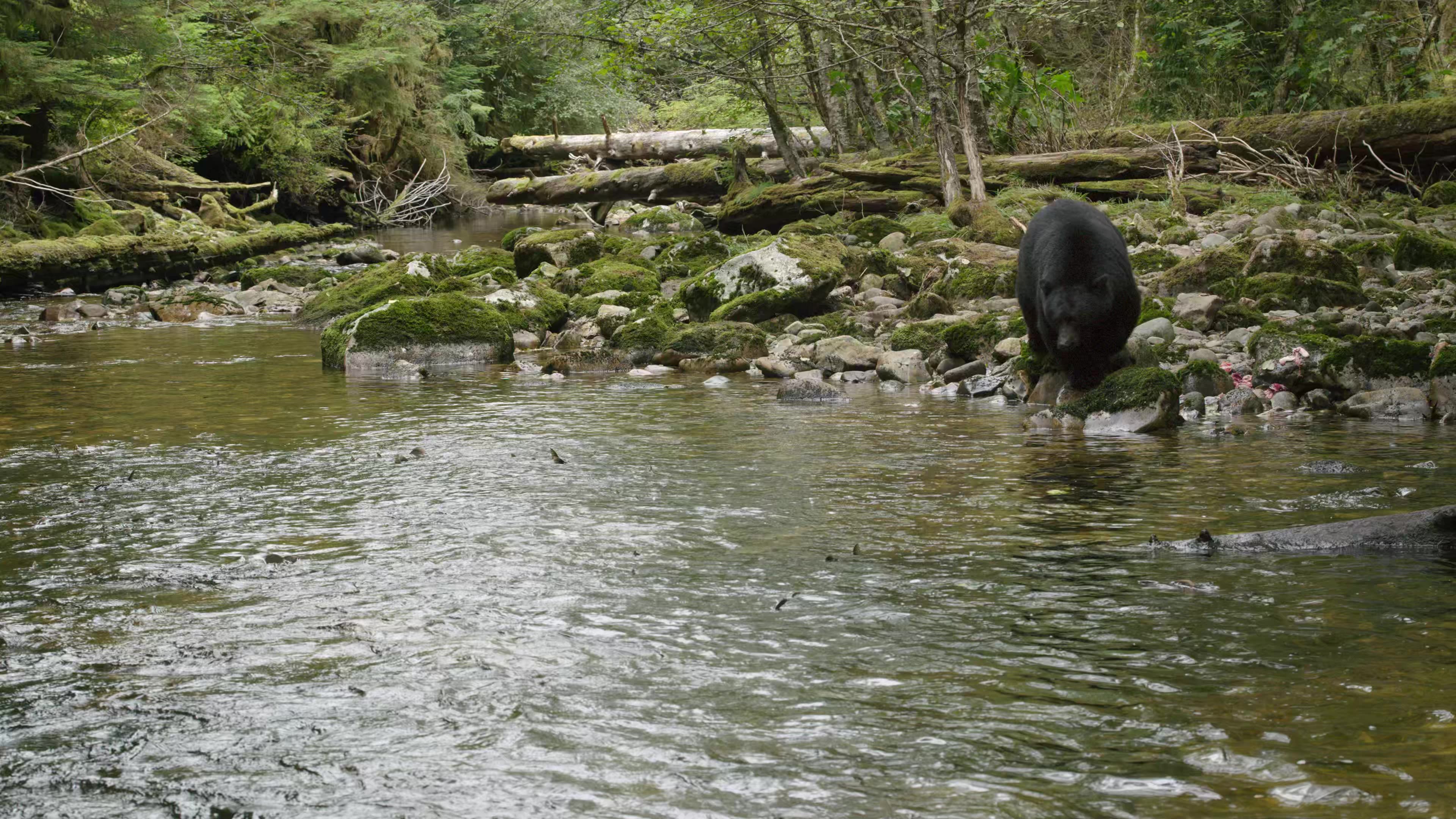
Coastal British Columbia is defined by its combination of mountains, fjords and temperate rainforests. It is this intricate combination of marine, freshwater and terrestrial habitats that supports an extraordinarily high number of plants and animal species.
In the intertidal zone that Scott loves to explore with his guests, he showcases how species have adapted to having their habitat shift from underwater to land twice each day.
"They're vulnerable to terrestrial predators, they're vulnerable to marine predators, they're vulnerable to hot days and they're vulnerable to minus 10," he says. "It is a very rich place to look at evolutionary processes because animals have to adapt to survive there."
The extensive temperate rainforest that covers much of Vancouver Island is another example of the richness of this biodiversity.
Unlike interior forests that are drier and have evolved with a quicker fire-renewal cycle, coastal BC wet rainforests are on a 3,000-5,000 year cycle.
"This means that you might have a tree that's 2,000 years old, but then it dies and stands for 500 years. Then it falls and decomposes for a thousand years," Scott says.
Each stage of the tree provides a different habitat for insect communities and plant species to thrive. Add to that elevation changes, weather patterns and sun exposure, and you have the perfect recipe for a rich diversity of species.
Just five kilometres from Bamfield, where Scott's lodge is located, there is a little spot at the bottom of a mountain that's called Rainy Bay.
"It gets three times as much rain as Bamfield, even though we are all in the same wet area. But just that little micro difference of being right close to a mountain, where clouds push up against it and precipitate, it causes quite a difference."
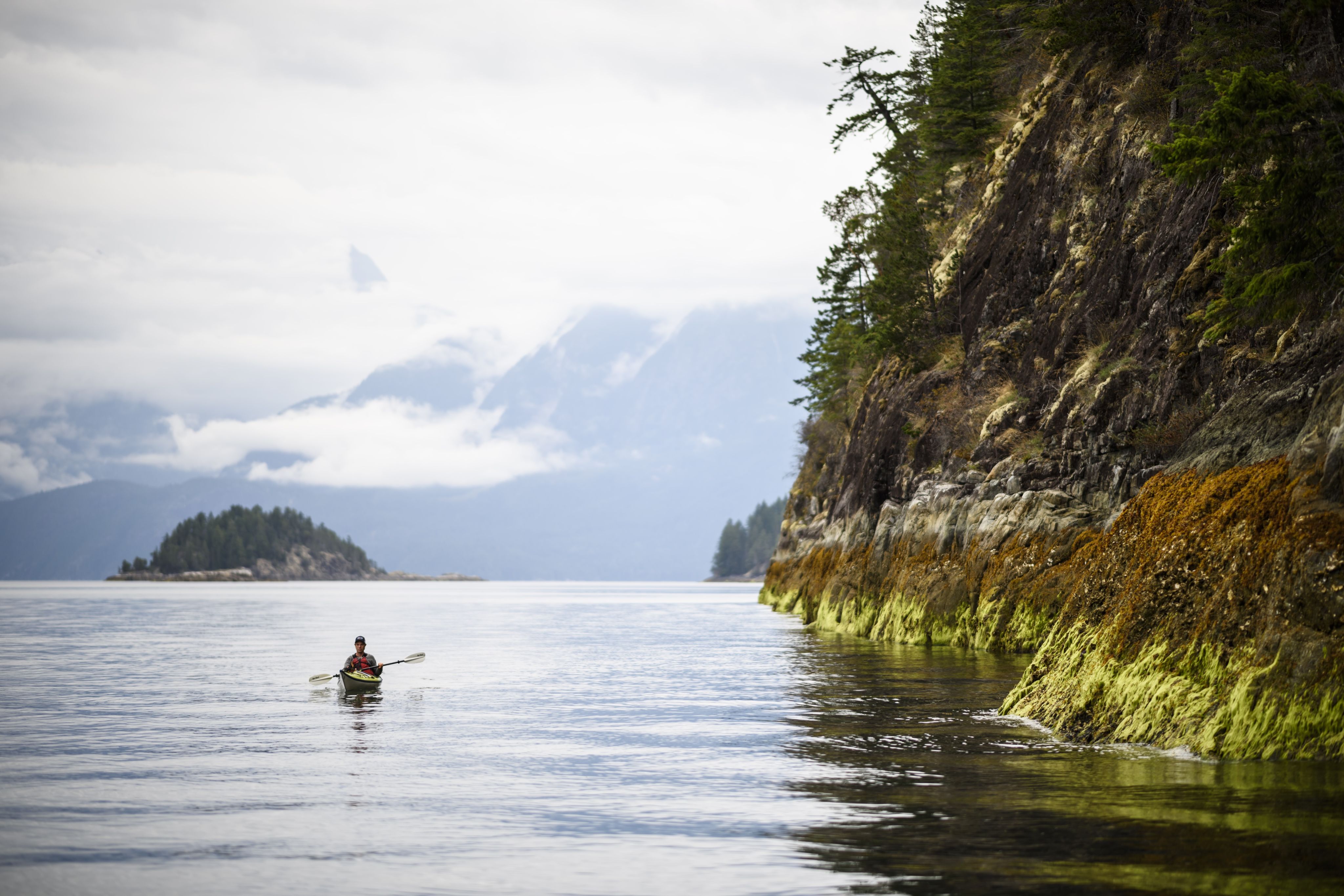
In rich ecosystems such as the coastal waters of BC, environmental changes can have dramatic effects. One such effect came from the overhunting of sea otters, who, much like salmon, are a keystone species.
"Sea otters are one of the few animals that can eat sea urchins, those big spiny things," Scott says. "Without sea otters, there's nothing really preying on the sea urchins. And sea urchins are massive grazers, they're voracious, they've got five kinds of teeth that sit at the bottom and they'll graze anything trying to grow. There's a name for it — it's called 'Urchin Barrens', places on the seafloor where nothing grows."
Why is this important?
For one, Scott says, "kelp, a fast-growing plant, can convert carbon dixoide into plant matter faster than almost any other type of plant on the planet."
For another, kelp "provides a three-dimensional structure that goes from the bottom of the seafloor to the top, much like a tree does in the forest."
That structure provides habitat and a food source that is vital for many species.
When sea otters disappeared from the ecosystem, sea urchins took over, decimating kelp forests. As sea otters are reintroduced back into the ecosystem, kelp forests recover.
Coastal British Columbia is a vibrant tapestry of ecosystems, where nature's complexity and beauty are on full display. From the towering, moss-covered trees of ancient rainforests to the carbon-sequestering powerhouse of the underwater kelp forests, the province's coastal regions are an unparalleled mosaic of life. It is estimated that more than 50,000 species call this place home.
The deep cultural connections of Indigenous peoples, combined with the region's extraordinary natural beauty, underscore the importance of protecting this living, breathing treasure. For those who seek to experience its wonders, responsible tourism offers a unique opportunity to witness its beauty firsthand while supporting its conservation for future generations.
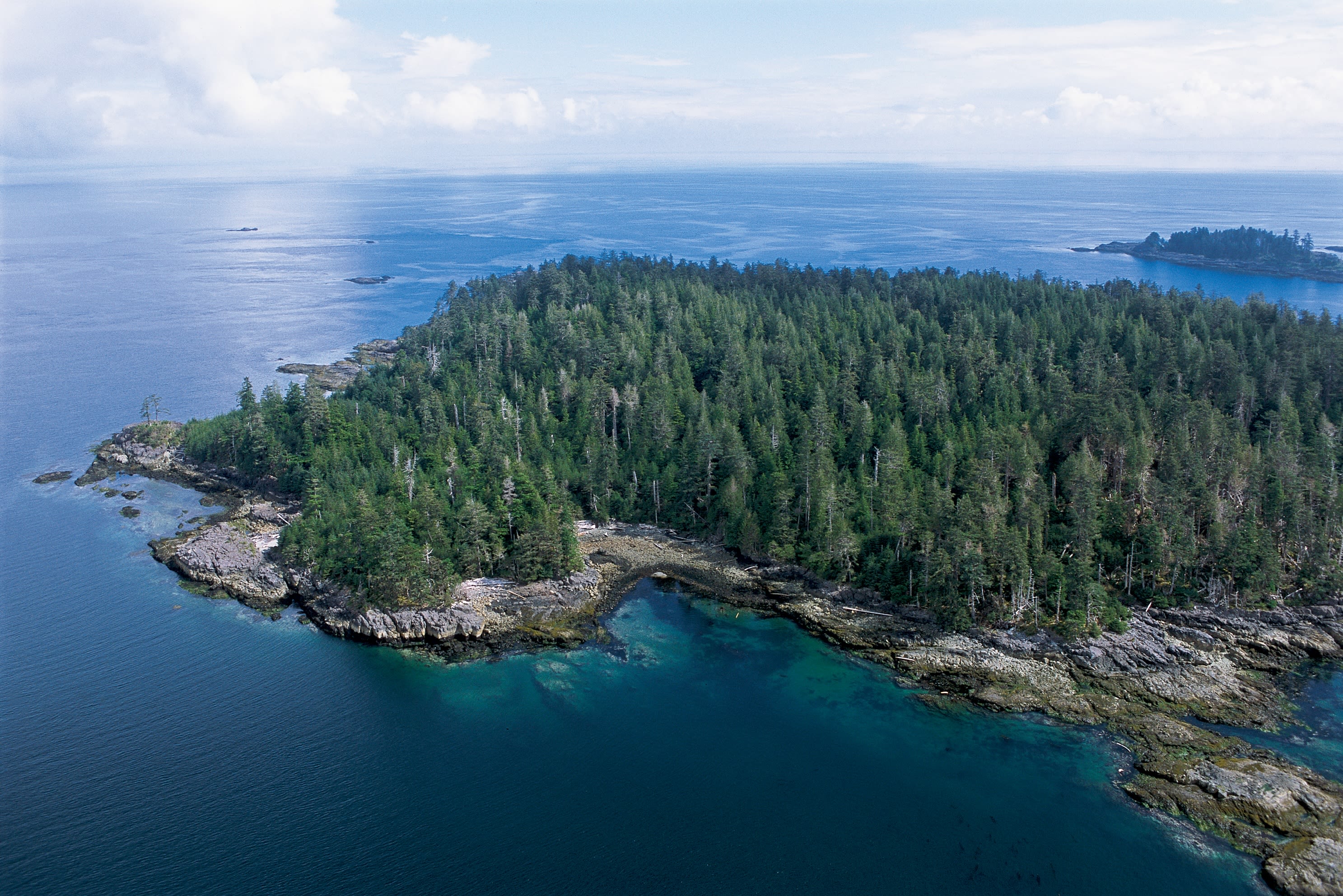

Canada. Crafted by Canadians.
